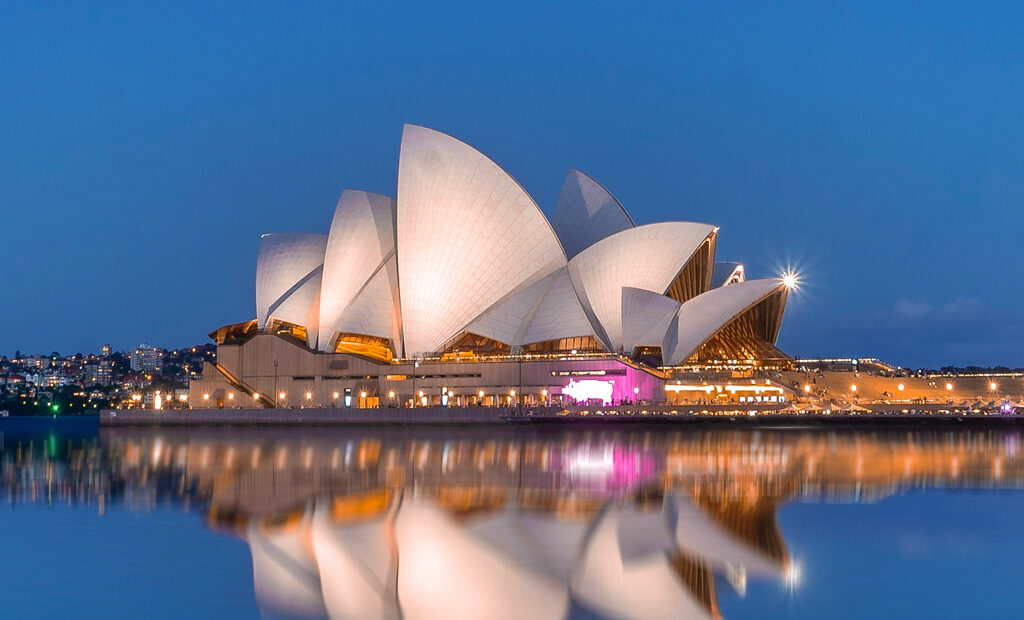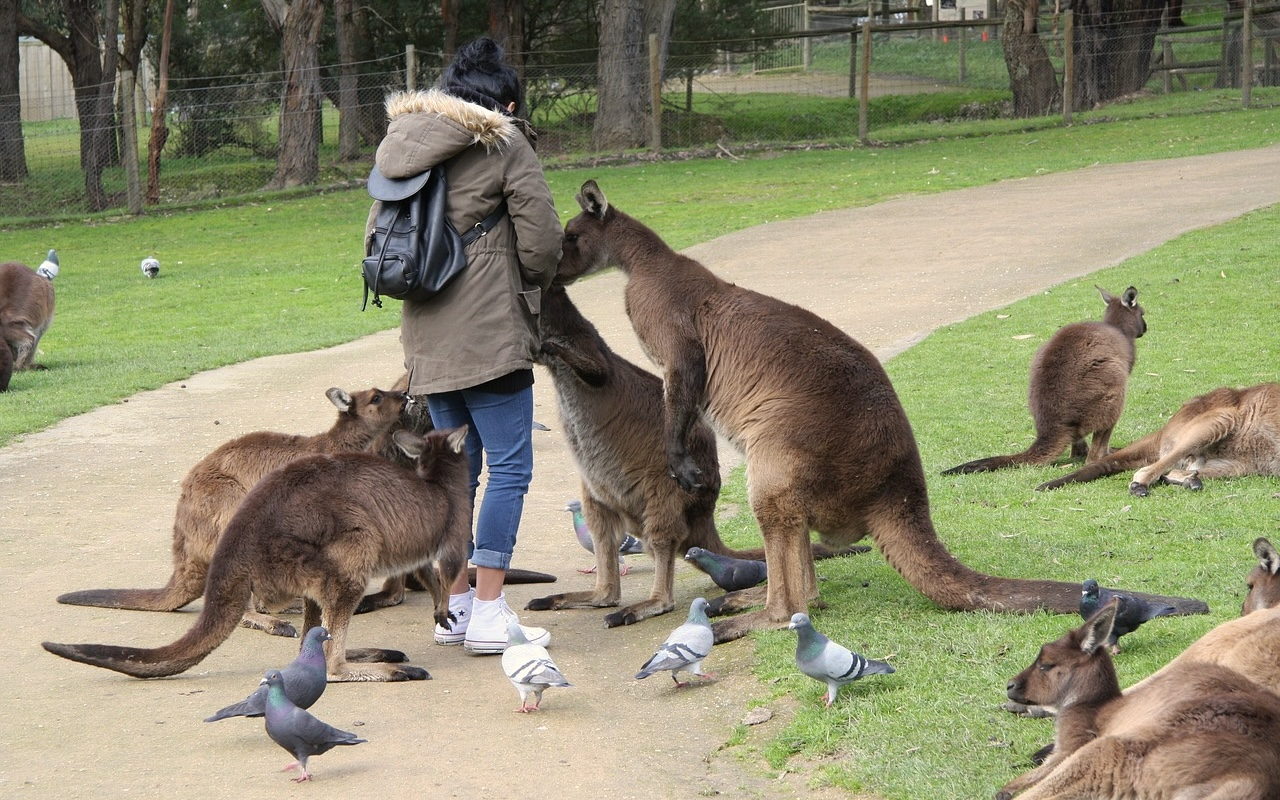Before you go: Essential Australia travel tips

Planning a trip to Australia? Whether it’s your first visit or a long-anticipated return, there’s always something new to learn about this incredible country. Australia is vast, diverse, and filled with unique adventures. From iconic landmarks like the Sydney Opera House to breathtaking natural wonders like the Great Barrier Reef, the land Down Under offers travellers a wealth of experiences. But before you pack your bags, there are some essential things you need to know.
Understanding Australia’s vape ban and legal restrictions
One important factor to be aware of is the vape ban Australia has recently enforced. Australia has some of the strictest regulations surrounding e-cigarettes products. If you’re used to it on your travels, it’s essential to familiarise yourself with the legal landscape. While e-liquids are illegal to sell in most Australian states, some exceptions allow them for medical purposes with a prescription. However, rules vary between states, so it’s crucial to check local regulations before your trip.
Even if someone is traveling with these devices and products, make sure you’re compliant with customs rules to avoid hefty fines. This regulation has caught many travellers off-guard, so plan ahead if this is is part of your daily routine.
Australia’s seasons and when to visit
Traveling to Australia is quite a different story since the seasons are like a mirror image of what travellers expect out there because it is located in the Southern Hemisphere. For instance, if you are coming from North America or Europe, you will be enjoying Australia’s summer from December to February. However, Australia has such a great variety of climates that it is impossible to generalise best time for visiting; it depends on where exactly you want to go.
- Sydney and Melbourne: For the southern cities, visit between September and November or March to May when the weather is mild, and crowds are thinner.
- Cairns and the great barrier reef: The dry season from May to October is ideal to explore Australia’s northern regions.
- Outback: The cooler months from May to September are the best time to visit the Australian Outback, as summer temperatures can be extreme.
Cultural norms and local etiquette
The culture of Australia is laid-back and friendly, yet understanding and respecting their ways remains imperative. Aussies are proud of the country’s relaxed atmosphere but they do not forget about decent behaviour. These include:
- Greetings: A casual “G’day” or “How’s it going?” is a common way to greet people. Australians are known for being open and friendly, but it’s best to avoid overly formal language in casual conversations.
- Tipping: While tipping is appreciated for exceptional service, it’s not as customary as in some other countries. It’s not expected in most restaurants or taxis.
- Public behaviour: Australians value their beaches and natural spaces, so always clean up after yourself, respect wildlife, and follow signs.
Essential packing tips for an Australian adventure
Australia’s large open spaces and altering weather conditions may lend your list of packing different shapes from other places. Essential items include:
Sunscreen: The Australian sun can be harsh, and it’s important to wear high SPF sunscreen, especially when spending long periods outdoors.
Comfortable Shoes: Australia is a country best explored on foot, whether you’re hiking national parks or wandering city streets.
Insect Repellent: In the northern parts of Australia, mosquitoes can be a nuisance, especially in tropical areas like Queensland.
Reusable Water Bottle: Australia is eco-conscious, and carrying a reusable water bottle is a smart and sustainable choice.
Navigating Australia’s unique wildlife
The world’s most amazing and diverse animals are found in Australia. Viewing kangaroos in their natural habitat, holding koalas and appreciating the richness of aquatic life in the Great Barrier Reef are some of the things you can do here that will amaze you. But with such an incredible fauna comes a sense of accountability.
Respect Wildlife: It’s important to observe wildlife from a safe distance. Feeding animals, especially in national parks, is strongly discouraged as it can disrupt their natural diet.
Watch Out for Snakes and Spiders: While the chances of encountering dangerous creatures are slim, it’s still wise to be cautious, especially when hiking in remote areas.
Marine Safety: If you’re swimming in the ocean, pay attention to signs that warn of jellyfish or sharks. Certain areas may require wearing stinger suits, especially in Northern Queensland.
Public transport and getting around
In major cities such as Sydney, Melbourne and Brisbane, Australia operates an extensive public transport network. It is possible to tour through urban areas using buses, trains and trams which are dependable.
Myki in Melbourne: For public transport in Melbourne, you’ll need a Myki card, which can be purchased and topped up at various stations.
Opal Card in Sydney: Sydney’s public transport operates using the Opal Card. You can use it on buses, trains, ferries, and light rail.
Tourists who wish to see the rural areas or the Outback frequently choose renting a car. The roads are mostly in decent condition but long drives can be hard because of how big this nation is, so ensure that you time your journey and fill-up points properly.
Health and safety considerations
Australia has high health and safety standards, but it’s always good to be prepared. Here are some things to keep in mind:
Travel insurance: It’s highly recommended to have comprehensive travel insurance that covers medical emergencies, including visits to a doctor or hospital. Australian healthcare is excellent, but it can be costly for visitors.
Sun safety: With some of the highest UV levels in the world, sun safety is crucial. Wear hats, sunglasses, and lightweight clothing to protect your skin.
Swimming and beach safety: Australia has stunning beaches, but it’s important to swim between the red and yellow flags, which mark the safest areas. Rips and strong currents can be dangerous even for experienced swimmers.
Enjoying an Aussie adventure
Australia has so much for everyone from metropolitan spots to desolate places. Be sure to plan ahead but do not forget embracing the easy-going personality of this nation is what would make your stay amazing. Here, you should spend more time learning about the diverse cultures, tasting local delicacies i.e., Vegemite and Tim Tams; don’t forget about the koalas – take selfies with them! Prepare well and enjoy your dream trip in Australia one day.
The editorial unit


























Facebook
Twitter
Instagram
YouTube
RSS